Search results for 'captain'
-
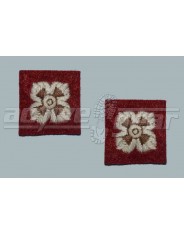
Badge of Rank - Worsted Pips
The first British Army rank insignia were introduced in 1760. Badges for field officers were first introduced in 1810. These badges consisted of (and still consist of) crowns and pips. These rank insignia were worn on shoulder epaulettes.
$9.99 -
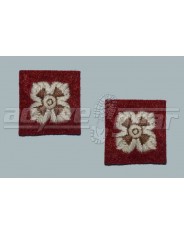
Badge of Rank- Worsted Pips
The first British Army rank insignia were introduced in 1760. Badges for field officers were first introduced in 1810. These badges consisted of (and still consist of) crowns and pips. These rank insignia were worn on shoulder epaulettes.
$8.99 -
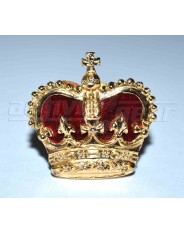
Metal Badge of Rank - Crowns
The first British Army rank insignia were introduced in 1760. Badges for field officers were first introduced in 1810. These badges consisted of (and still consist of) crowns and pips.
$9.99 -
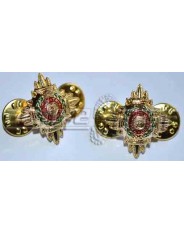
Metal Badge of Rank- 1/2" Mess Pips
The first British Army rank insignia were introduced in 1760. Badges for field officers were first introduced in 1810. These badges consisted of (and still consist of) crowns and pips.
$11.99 -
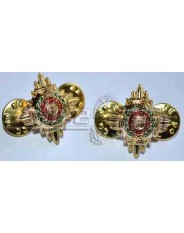
Metal Badge of Rank- 1/2" Mess Pips
The first British Army rank insignia were introduced in 1760. Badges for field officers were first introduced in 1810. These badges consisted of (and still consist of) crowns and pips.
$9.99 -
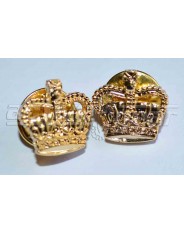
Metal Badge of Rank- Crowns
The first British Army rank insignia were introduced in 1760. Badges for field officers were first introduced in 1810. These badges consisted of (and still consist of) crowns and pips.
$10.79 -
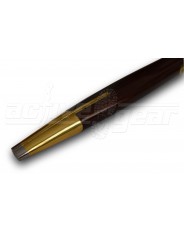
Pace Stick
The Pace Stick is used to measure the correct length of pace, while walking the pace stick, the RSM checks to ensure that wherever the leg falls, there is a man / woman to match. You never want to be in the wrong place when the leg of the RSM’s pace stick falls to the floor. Rhythm and uniformity in marching is achieved by using the Pace Stick as well as the drum and metronome. Correct pace length is necessary not only for ceremonial purposes, but also to reduce fatigue on long marches and set the standard of accuracy required of soldiers.
$189.99 -
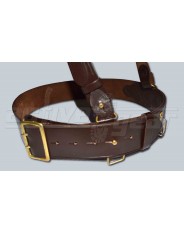
Sam Browne
The Sam Browne belt is a wide belt, usually leather, which is supported by a strap going diagonally over the right shoulder. It is most often seen as part of a military or police uniform. Due to its former use as equipment for carrying a sword, it is traditionally only worn by those to whom a sword would historically have been issued, namely officers.
$94.99 As low as: $69.99


